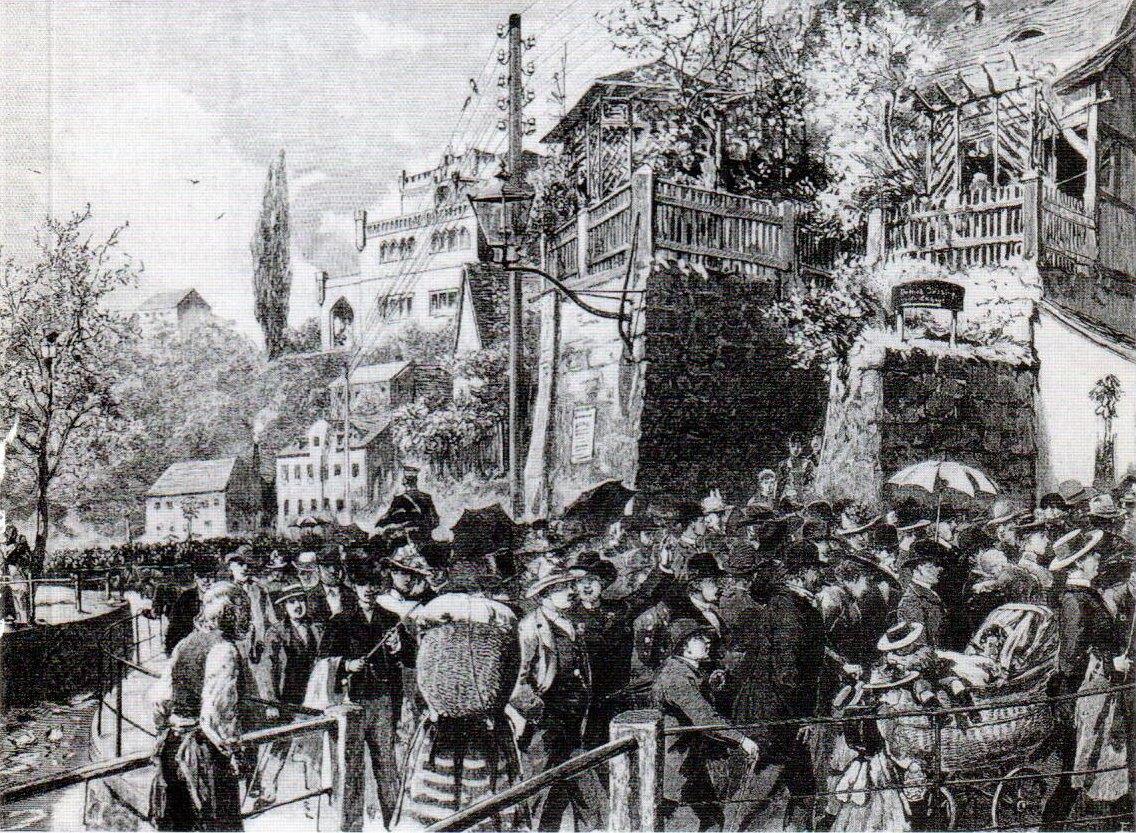Source

Source: “Die Arbeiterkundgebung am 1. Mai in Dresden; Auszug der Arbeiter nach Loschwitz. Originalzeichnung von E. Zimmer” [“The Workers’ Rally on May 1 in Dresden; Procession of the Workers to Loschwitz. Original drawing by E. Zimmer”], Illustrirte Zeitung (Leipzig and Berlin), Band 94, Nr. 2445 (10. May 1890), p. 477.